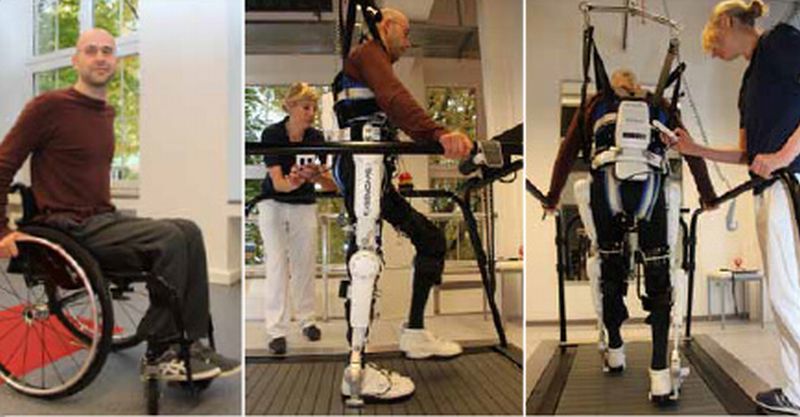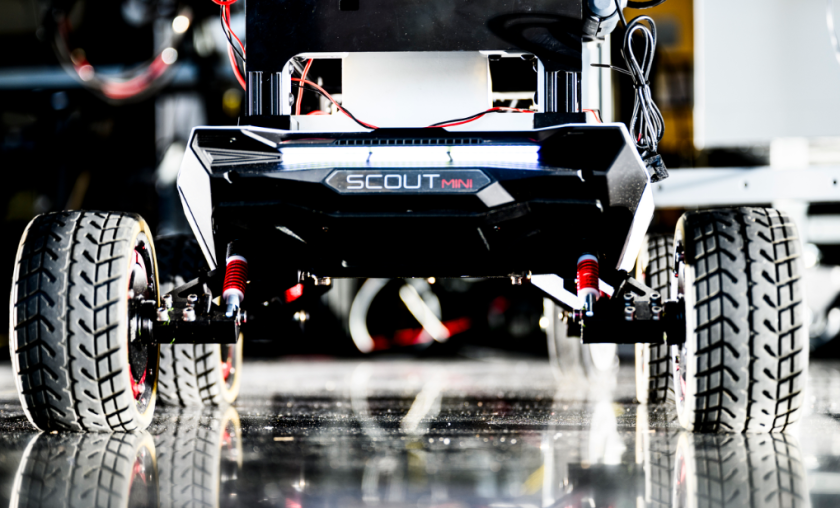Team of researchers at the Centre for Neurorobotic Movement Training (ZNB) in Bochum is testing the HAL robot suit, which was initially fabricated by Japan in 2011. The robot suit was aimed at providing self-sufficiency to patients who have been paralyzed from the waist down.
The condition, paraplegia causes impairment in both motor and sensory function of the lower limbs hence, the brain signals fail to co-ordinate within the limbs. And the weak signals are then lost within the system. It is here that the HAL robot suit comes into play. The sensors embedded in the suit pick up the weak signals sent by the brain and ignite the motors, following motion in the pelvic region and the knee joints. Thus, the robo suit connects the patient’s weak nervous system and makes it functioning again.
The team is working towards creating the highest level of activity that would result in an independent navigation by the patients. They are working on clinical trials on patients suffering from paraplegic and observing the time period required for training for effective results. For instance, a wheel-chaired patient would be able to walk around with an assistance of walking frame after the completion of the three-month training cycle.
Currently, Bergmannsheil in Germany is the only hospital where trials are being conducted for the robo suit. The aim is to create a fertile market for HAL suits in the country and use it as a therapy for majority of the patients suffering from paralysis.
Once it occupies a major chunk in the German Market, am sure other international market too would like to make it a part of their therapy paraphernalia.
Source: Cyberdyne




